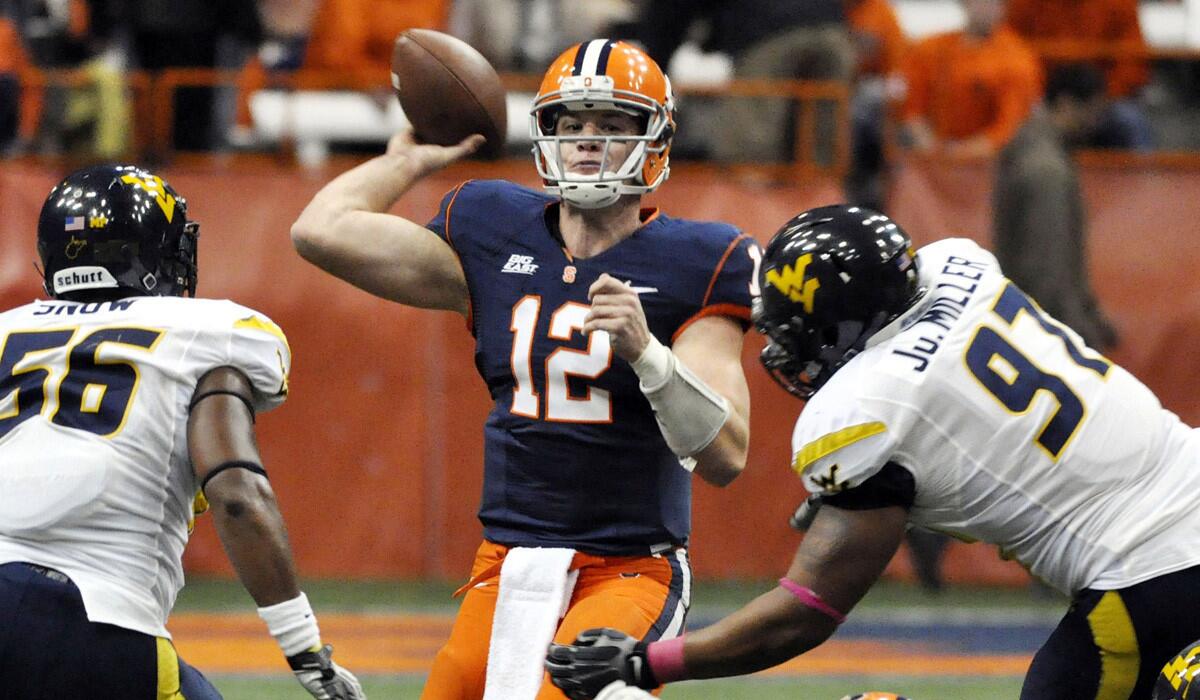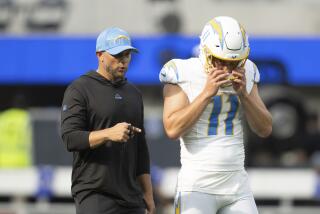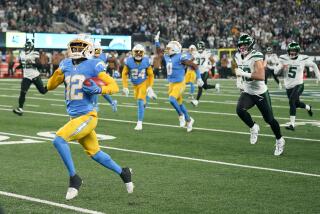College football rule changes focus on targeting, quarterback safety

Two rule changes to college football — on targeting and on quarterback safety — could have a big effect in the upcoming season.
Both make sense.
The first is the absolutely necessary tweak to the targeting rule that was implemented last year.
Under the old rule, a player cited for targeting — using the crown of the helmet to tackle or initiating contact to the head or neck of a defenseless opponent with the helmet, forearm or fist — was ejected from the game, with a 15-yard penalty assessed, pending a review from the instant-play booth.
The problem: The team was still assessed a penalty even if replay overruled the targeting call on the field.
How was that fair? It wasn’t, and thus the rule has been amended.
“Every targeting foul is reviewed, so every one will be reviewed by instant replay,” Steve Shaw, coordinator of officials for the Southeastern Conference, said Wednesday during a rules session with media members in Hoover, Ala. “Now if replay overturns a targeting foul, there will no longer be a 15-yard penalty assessed.”
The second change is designed to protect a defenseless quarterback in the pocket. Defensive players can no longer hit a quarterback below the knees when he is in the passing motion.
Since targeting the head is also illegal, tacklers will be restricted to a specific area of contact.
“People have said, ‘Do you have a strike zone for quarterbacks?’” Shaw said. “And there really is. Now you hit them above the knee and below the neck.”
Shaw emphasized that a defender won’t be penalized if he is blocked into a quarterback’s knees.
“We’re going to use good judgment,” Shaw said. “This [rule change] is where the player is under his own control and goes low. That’s a foul.”
More to Read
Go beyond the scoreboard
Get the latest on L.A.'s teams in the daily Sports Report newsletter.
You may occasionally receive promotional content from the Los Angeles Times.











